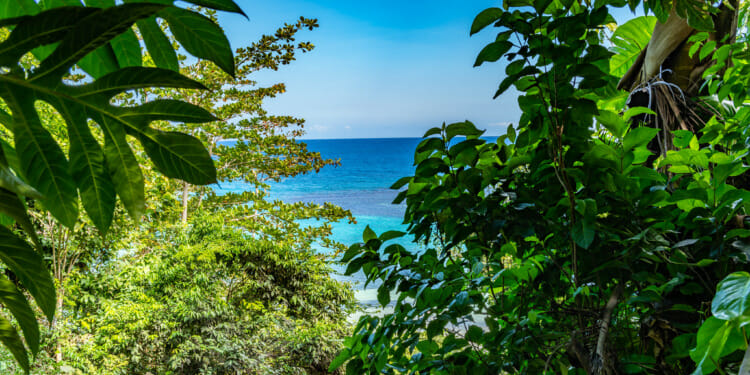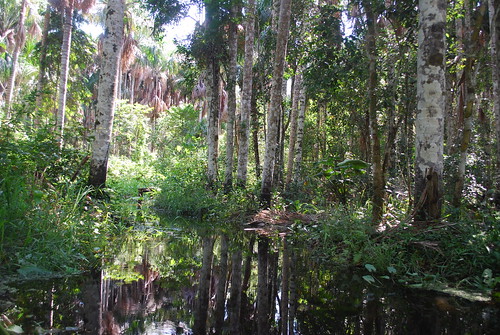A new study published in Science, suggests tropical forests can regain roughly 78% of their old growth status if left untouched by humans for 20 years. This surprisingly quick regeneration has implications for how conservation efforts to preserve forests should operate in the future. The findings also indicate that it might not be too late to undo humanity’s damage to the planet.
It is commonplace for natural regrowth to be ignored in favour of tree plantations. However, according to the lead author of the study, Lourens Poorter, natural regrowth actually produces better results than planting more trees.
Forests previously decimated by agricultural development were able to recover in a 20-year period, scientists found. Maintaining positive results proves a new challenge. via @ScienceNewshttps://t.co/VMhqQmzvNm
— NOVA | PBS (@novapbs) December 14, 2021
Over 90 researchers from all over the world worked on this study to analyse how tropical regrowth takes place. They analysed 12 different forest attributes in over 77 sites across the tropics to examine how well they can recover. Using a technique called chronosequencing, they were able to model long term trends in forest recovery.
They found that different aspects of the land take longer to recover than others. For example, the study states that soil takes an average of 10 years to recover from its previous state, plant community and animal biodiversity take 60 years, and overall biomass takes a total of 120 years. Many of these changes are due, in part, to a multidimensional mechanism called “secondary succession” where old forest flora and fauna help a new generation of forest growth.
Related Articles: A Battle for the Amazon Rainforest: Are the “Lungs of the Earth” Collapsing? | 10 Major Companies Responsible for Deforestation
So, why do we need forests?
Poorter urges people to see the value of secondary forests in biodiversity conservation, climate change mitigation, and landscape restoration.
The World Wildlife Fund is not making an understatement when it says “forests are vital to life on earth.” They purify the air we breathe, filter the water we drink, prevent erosion, and act as an important buffer against climate change. Forests are also home to much of the world’s biodiversity as well supporting the lives of local communities. They are central in humanity’s fight to reversing the environmental impacts of climate change.
Despite this, forests around the world are under threat from deforestation. In 2020, more than 12 million hectares of tree cover was lost in the tropics alone. With deforestation being particularly severe in some of the world’s most biologically diverse forests, it is essential that illegal logging, poor forest management practises, and growing demand for forest and agricultural products are stopped now.
This study reveals that it is not enough to simply plant more trees, we have to let nature heal itself.
In recent decades, there has been a global push from businesses, organisations and governments to plant more trees as a way of offsetting carbon emissions. However, many of the promises made to restore forests across the world by planting trees have been proven to be false.
According to Poorter, 30-50 per cent of those trees die and only a few species are able to mimic the natural biodiversity of forests. Planting new trees has really become another variation on the theme of “greenwashing”. It is crucial that we listen to this study and stop interfering.
Limitations of the study
Thus far, the findings of the study are merely calculations. One of the disadvantages of chrono sequencing is that every location analysed is assumed to have the same history and successional dynamics.
However, as long as the findings are applied on a “case-by-case basis”, taking into consideration the local conditions and needs of residents, this study will provide a significant starting point for change around the way forest conservation efforts are carried out.
Poorter concludes by imploring people to “value those secondary forests, and in areas where you can, please let those forests regrow back again naturally.” It remains to be seen whether the study will bring about any significant changes to conserving the world’s forests but it certainly reminds us again, that the less humans interfere with nature, the better.
Editor’s Note: The opinions expressed here by Impakter.com columnists are their own, not those of Impakter.com. — In the Featured Photo: Half way Up/Down Duns Falls Jamacia Looking in the Direction of Cuba. Featured Photo Credit: Rab Lawrence










